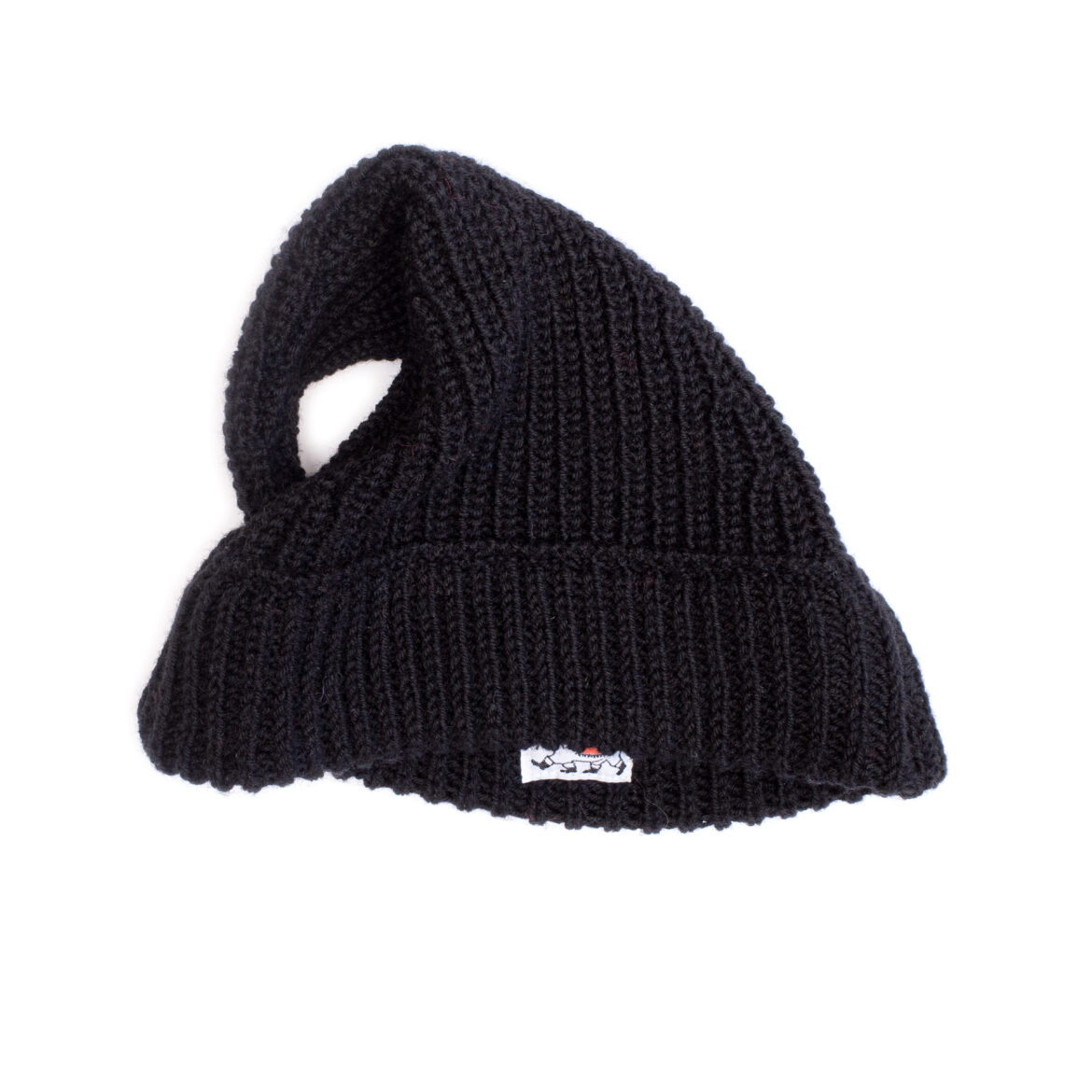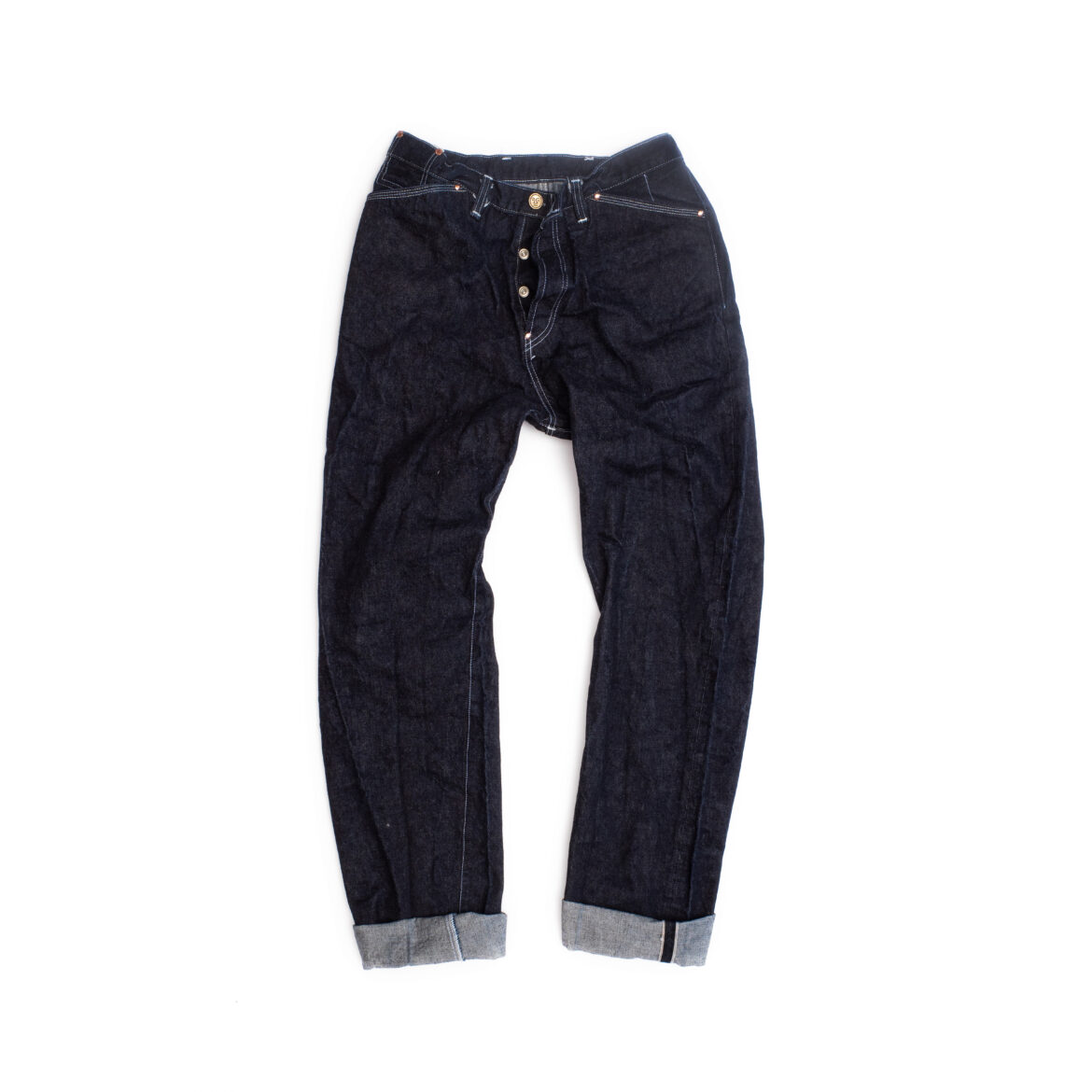This piece was originally written for the Tender Stores newsletter. If you would like to sign up for our occasional mailing list please

On Autumn / Winter 2023
Every six months, since the end of 2009, I’ve produced a line book with photos and descriptions of seasonal styles which retail stockists can order from, for delivery a few months later. Location photos appear online once the season is delivered, and the text information forms the basis for product descriptions on Tender Stores, and on retailers’ sites. I’ve sometimes shared excerpts on superfuture and Instagram, but generally these line books have remained offline, as part of the wholesale process only. I put quite a bit of effort in to them, though, so I thought it’d be nice to share the Autumn / Winter 2023 seasonal book, now that production is finished and garments and accessories are available to buy.
This collection of clothing, knitwear, and accessories is made with newly developed cotton and wool fabrics woven in the UK. As always the intention is that Tender products become a part of their owner’s life, enjoyed across seasons and into the future. |
While the approach continues to be one of understandable workwear construction and relaxed shapes, traditional formal tailoring ideas come up in some garments: for the first time there is a lined jacket with full reveres; pleat back jeans refer to formal trousers; reefer jackets and vests may be worn as nautical outerwear or under a coat as smarter mid layers. Silky five ply worsted gansey yarn is taken out of the seafaring vernacular to somewhere more luxurious. Garments are dyed with wattle bark, burnt sienna earth, and deep hadal brown. The Achilles’ Heel indigo project continues apace in Kojima, Japan. |
Trichrome photographs were taken in multiple filtered exposures by Rory Cole at Laurie Lee’s favourite pub, The Woolpack, in Slad, Gloucestershire. I am very grateful to Adam, Dan, and the staff for their hospitality. |


Type 916 Common Coat |
The Common Coat is Tender’s first lined and faced revere jacket. Rather than aping a fully tailored garment, the manufacture remains true to the idea of understandable construction, with a single side seam joining the body and sleeve, like a shirt or work jacket. |
Common coats were in fact worn for work, a standard garment which would often move from Sunday best to weekday labour as it began to show its age. The front is fastened with two buttons, and large, simple patch pockets are sewn onto the fronts at hand height. |
Type 895 Warp Fringe Scarf |
The Warp Fringe Scarf is woven in wide solid bands of fabric, with narrower sections of loose warp with no weft woven between. When the fabric is finished, these loose warp yarns twist together to form fringes, which can then be cut across, forming fringed blankets. These blankets in turn are cut down into wide, generously proportioned scarves. |


|
|||||
|
||||


|
|||||
|
|||||


Type 718 Round Rib Crew Neck Pullover |
The Round Rib Crew Neck Pullover is knit in a heavy fisherman’s rib stitch, forming rounded peaks and troughs. The collar is folded and linked on at full double thickness, forming a pillowy edge. The neck hole is cut round as a wide crew neck, and the wide collar fills this in forming a closer fitting neck. |
Cuffs and hem are knitted continuously from the main panels, with an increased tension to give them shape. The shoulders and armholes are fashioned straight, and linked together. |
Type 825 Round Rib Nightcap |
The Round Rib Nightcap is knit in a heavy fisherman’s rib stitch, forming rounded peaks and troughs. The hat is fashioned very long, tapering to a point, which is then folded down and tucked behind the hem, which is folded up and linked on to fix everything together. Undone, the shape would be of a traditional dangling night cap, but as it’s worn the effect is of a more subtle watch cap. |


Type 903 Reefer Jeans Jacket |
The Reefer Jeans Jacket is an evolution of earlier Tender jeans jackets, with full fronts taken up to a shoulder seam, and a double-breasted wrap. So called because it was worn by sailors whose job was to reef the sails of a ship, reefer coats are cut relatively short, with a double-breasted front whose buttons sit at the sides, and so are less likely to get tangled in ropes. |
Just as sewn double-breasted Tender jackets and coats do not have show buttons, so this jacket’s riveted buttons are fixed in on the left inside breast, where they can be done up if necessary, showing the rivet back on the outside. |
Type 603 Reefer Jeans Vest |
The Reefer Jeans Vest is an evolution of earlier Tender jeans jackets and vests, with full fronts taken up to a shoulder seam, and a double-breasted wrap. So called because it was worn by sailors whose job was to reef the sails of a ship, reefer coats are cut relatively short, with a double-breasted front whose buttons sit at the sides, and so are less likely to get tangled in ropes. |
Just as sewn double-breasted Tender jackets and coats do not have show buttons, so this vest’s riveted buttons are fixed in on the left inside breast, where they can be done up if necessary, showing the rivet back one the outside. |
While it can easily be worn as outerwear, this vest also works particularly well worn under a jacket or coat, such as the Type 916 Common Coat, where it evokes a 19th Century formal waistcoat. |


Type 122 Pleat Back Wide Jeans |
As with other Tender jeans, type 122 Pleat Back Wide jeans are constructed with diagonal side pockets which curve and stretch with wear, a snob’s thumb pocket behind the waistband, six lined belt loops, and a lost wax-cast brass button. Unlike other cuts, however, 122 jeans do not have back pockets or a back yoke- the seat is shaped by two ‘English’ pleats, facing towards the middle. |
The pleats give 122 jeans a cleaner look and feel, while also harking back subtly to vintage formal trousers, often made without back pockets to give a cleaner line under a coat tail. |
This piece was originally written for the Tender Stores newsletter. If you would like to sign up for our occasional mailing list please












